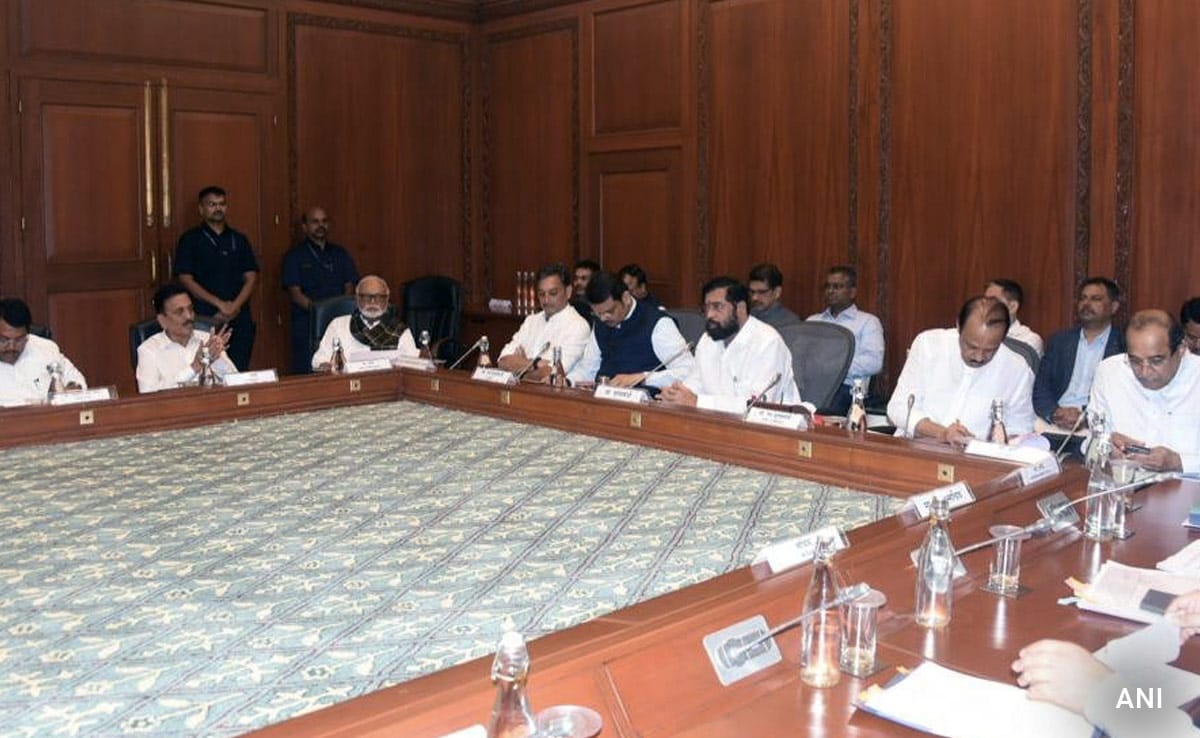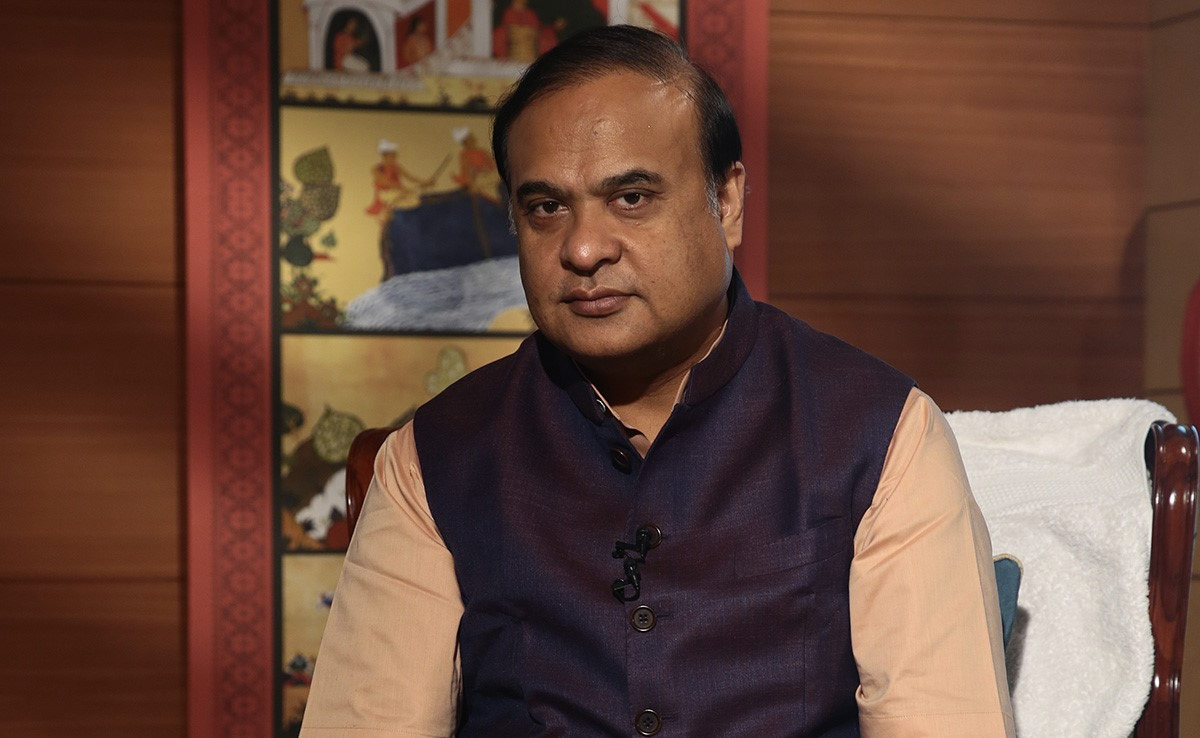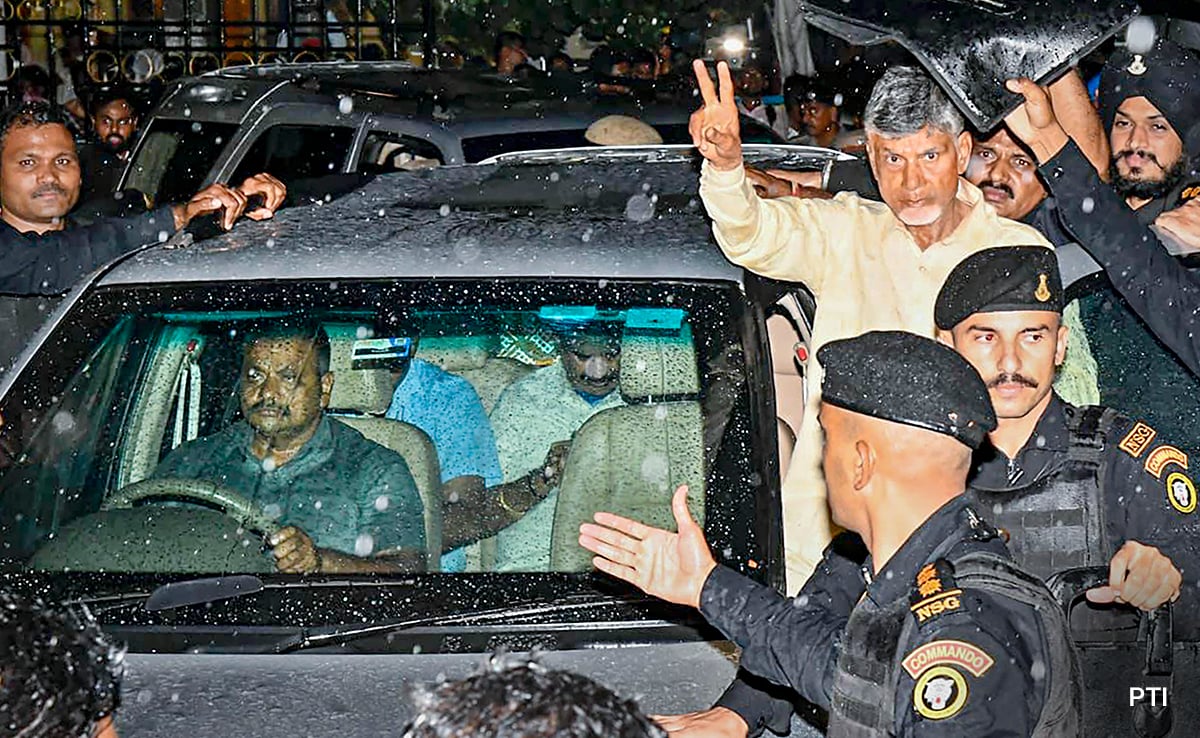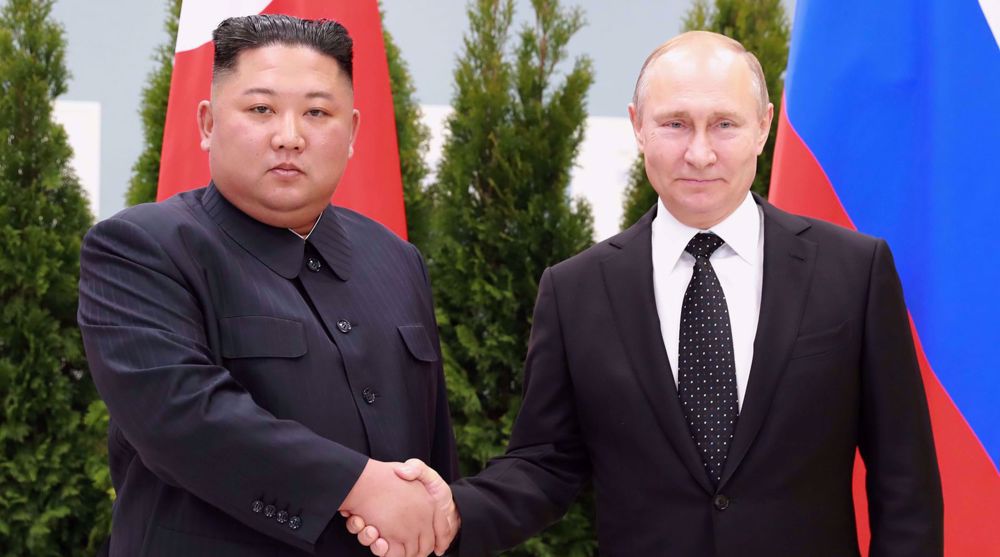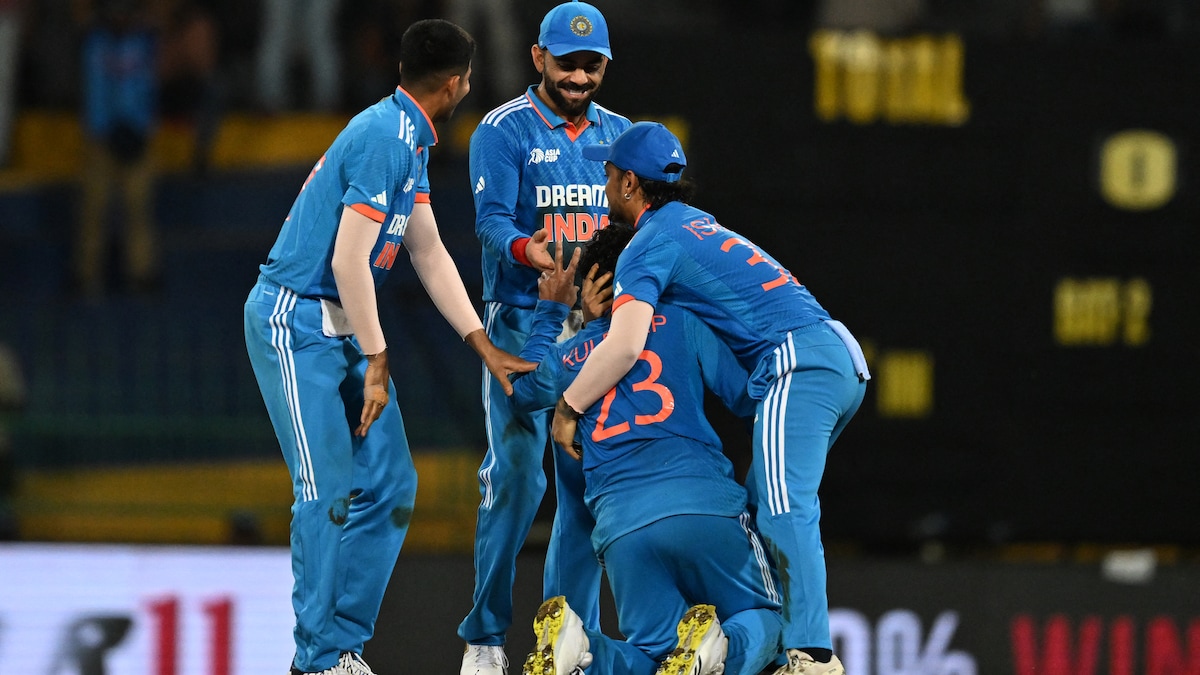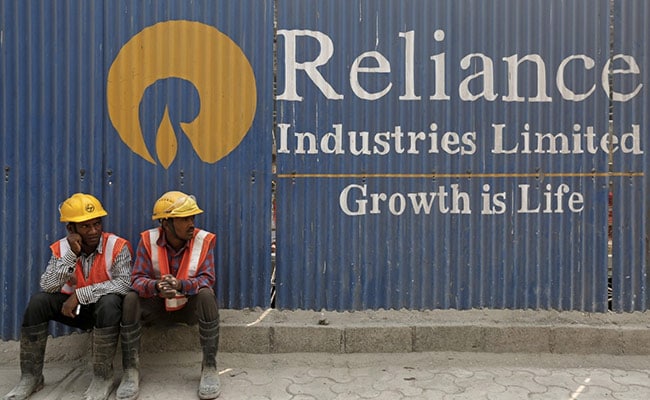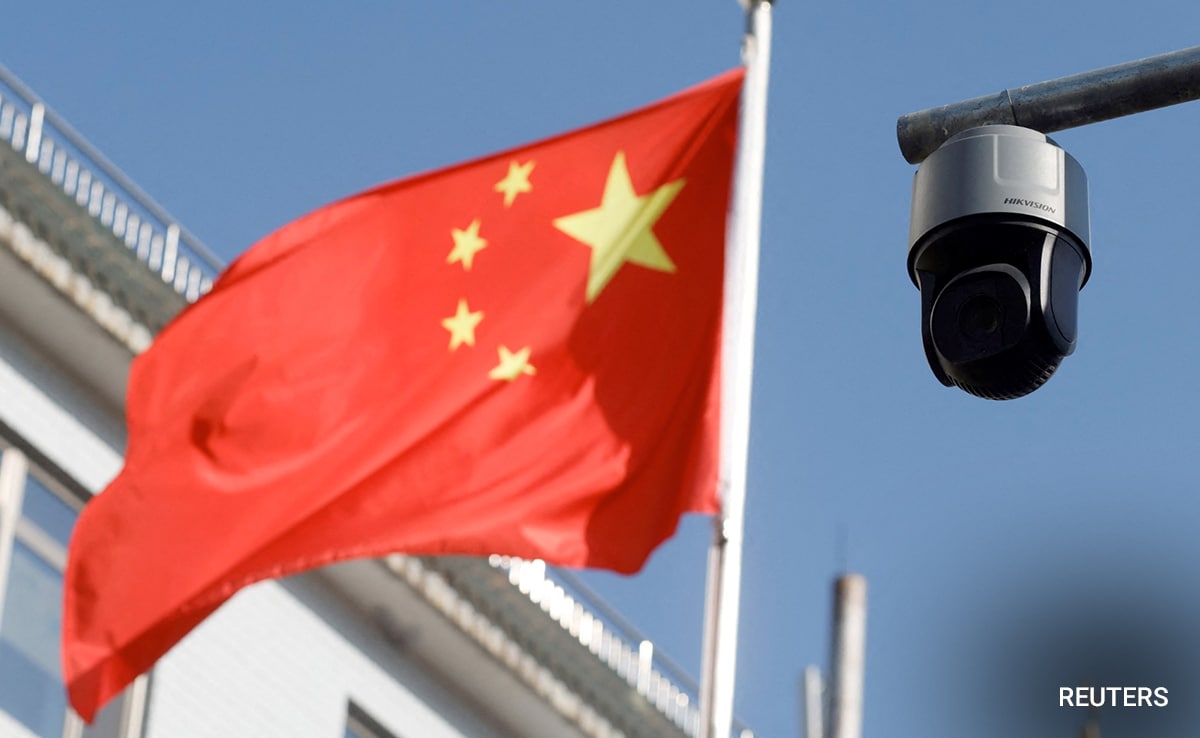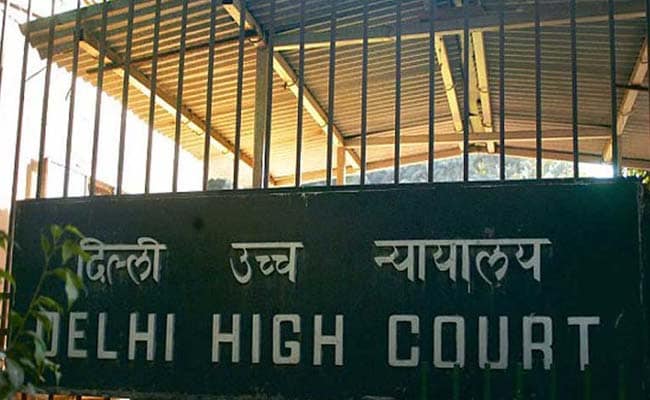The UN Convention on the Law of the Sea provides a framework for the use and protection of the world’s oceans, but it does not specifically address deep-sea mining
Published Date – 11:45 PM, Mon – 11 September 23
By Dr Oruganty Prasada Rao
Oceans are a source of many resources that are important to humans. According to a report by the Water Encyclopaedia, some of the resources that can be extracted from the oceans include minerals, common construction materials such as sand, gravel, limestone, and gypsum, food, energy, and freshwater. Today, direct extraction of resources is limited to salt, magnesium, placer gold, tin, titanium and diamonds, and fresh water.
Oceans cover 70% of the Earth’s surface. According to the World Wide Fund for Nature (WWF), the value of key ocean assets is conservatively estimated to be at least $24 trillion. If compared to the world’s top 10 economies, the ocean would rank seventh with an annual value of goods and services of $2.5 trillion. According to UNESCO, only 5% of the ocean has been explored and charted by humans despite historical oceanic quests and the availability of modern exploration technologies. The rest, especially its depths, is still unknown.
Producing Fresh Water
Desalination is the process of removing salt and other minerals from seawater to produce fresh water. There are several methods of desalination, including reverse osmosis, electrodialysis and distillation. Reverse osmosis is the most common method of desalination. Distillation is less commonly used than reverse osmosis and electrodialysis because it requires a lot of energy.
According to the International Desalination Association, as of 2021, there are more than 22,000 desalination plants in operation worldwide, producing more than 100 million cubic metres of fresh water per day from oceans. The largest desalination plant in the world is the Ras Al-Khair facility in Saudi Arabia, which has a capacity of 1.025 million cubic metres per day based on reverse osmosis. As of 2021, the cost of producing desalinated water ranged from $0.50 to $2 per cubic metre.
Minerals, Material
Several minerals can be extracted from the ocean floor, such as manganese nodules, cobalt crusts, sulfides and phosphorite deposits containing high concentrations of copper, zinc, cobalt, nickel, gold silver, platinum and phosphorous — all very high-value metals. Also, rare earth elements extracted from the ocean are used in smartphones, electric vehicles and wind turbines.
Salt is extracted from seawater as the water evaporates. The remaining minerals in the seawater can then be processed to produce other materials such as magnesium, bromine, and lithium.
According to the International Seabed Authority (ISA), which regulates activities in the seabed beyond national jurisdiction, more than 1.5 million km² of international seabed, roughly the size of Mongolia, has been set aside for mineral exploration. However, as of 2021, the majority of marine mining efforts are limited to shallow coastal waters only, where sand, tin and diamonds are more readily accessible. The ISA has a budget of approximately $20 million per year, which is used to fund its operations and activities.
Sand, gravel, limestone and gypsum are not directly extracted from the ocean. However, they can be produced from ocean resources through a process called dredging which removes sediment and debris from the bottom.
Renewable Energy
The ocean is a vast and largely untapped source of renewable energy. There are several ways to harness the power of the ocean to generate electricity from the energy contained in tides and waves, and also utilise the temperature difference between warm surface water and cold deep water in the ocean (Ocean thermal energy conversion [OTEC]) and through wind turbines installed in the ocean (offshore wind energy).
The global potential of offshore wind power is estimated to be 18 terawatts, which is more than the current global electricity demand, which means a lot remains to be exploited. The global potential of tidal, wave and OTEC energy is estimated to be around 800, 2,000 and 10,000 terawatt-hours per year, respectively, equivalent to 3%, 7% and 40% of the world’s electricity demand. These technologies are still in the early stages of development, but they have the potential to provide a significant amount of renewable energy in the future.
Many Challenges
Ocean exploration is a costly and time-consuming endeavour that involves the use of specialised equipment and vehicles, such as submersibles and remotely operated vehicles (ROVs), which can be expensive to design, build and operate. Additionally, ocean exploration programmes often require collaboration between multiple countries and organisations to share resources and expertise.
The pressure at the bottom of the ocean is immense, and it increases with depth. At a depth of one km, the pressure is more than 100 times that at the surface. The temperature in the sea decreases with depth. At the bottom of the ocean, the temperature can be as low as minus 1.8°C. They make it difficult to design equipment, build and operate them and also the diving suit that can withstand such high pressures and low temperatures.
In clear ocean water, sunlight can penetrate to a depth of approximately 200 metres. So, the visibility in the deep sea is very poor due to the lack of sunlight. This makes it difficult to navigate and explore the deep sea even by using artificial light mounted on equipment or to the head of divers.
Communication in the deep sea can be challenging due to the extreme conditions and the limitations of technology. Radio waves do not travel well because the high salt content of seawater absorbs radio waves, making it difficult to transmit signals. Instead, acoustic (sound waves) and optical communication (light) are the most common methods of communication here.
Mining activities on the sea bed can have a significant impact on the marine environment, including damage to habitats and ecosystems. The use of heavy machinery and equipment can also cause noise pollution and disturb marine life. There are several regulatory issues associated with deep-sea mining, including concerns about the impact on marine ecosystems and the potential for conflicts over resources. The United Nations Convention on the Law of the Sea (UNCLOS) provides a framework for the use and protection of the world’s oceans, but it does not specifically address deep-sea mining. The ISA is responsible for regulating deep-sea mining activities in international waters. Environmental activists want moratoriums or total bans on deep sea exploration due to the potential for devastating environmental impacts.
Despite many challenges, there has been growing interest in deep-sea mining due to the increasing demand for minerals such as copper, cobalt and nickel. These minerals are used in a variety of high-tech applications, including smartphones, electric vehicles and wind turbines. The demand for these minerals is expected to increase significantly in the coming years as the world transitions to a low-carbon economy.
Space exploration has led to many technological advancements that have improved our daily lives, such as satellite communication, weather forecasting and GPS navigation. The ocean affects all forms of life on the planet, and exploring it will help in developing new technologies to safeguard its ecosystem and biodiversity, and for building a sustainable future for everyone.



